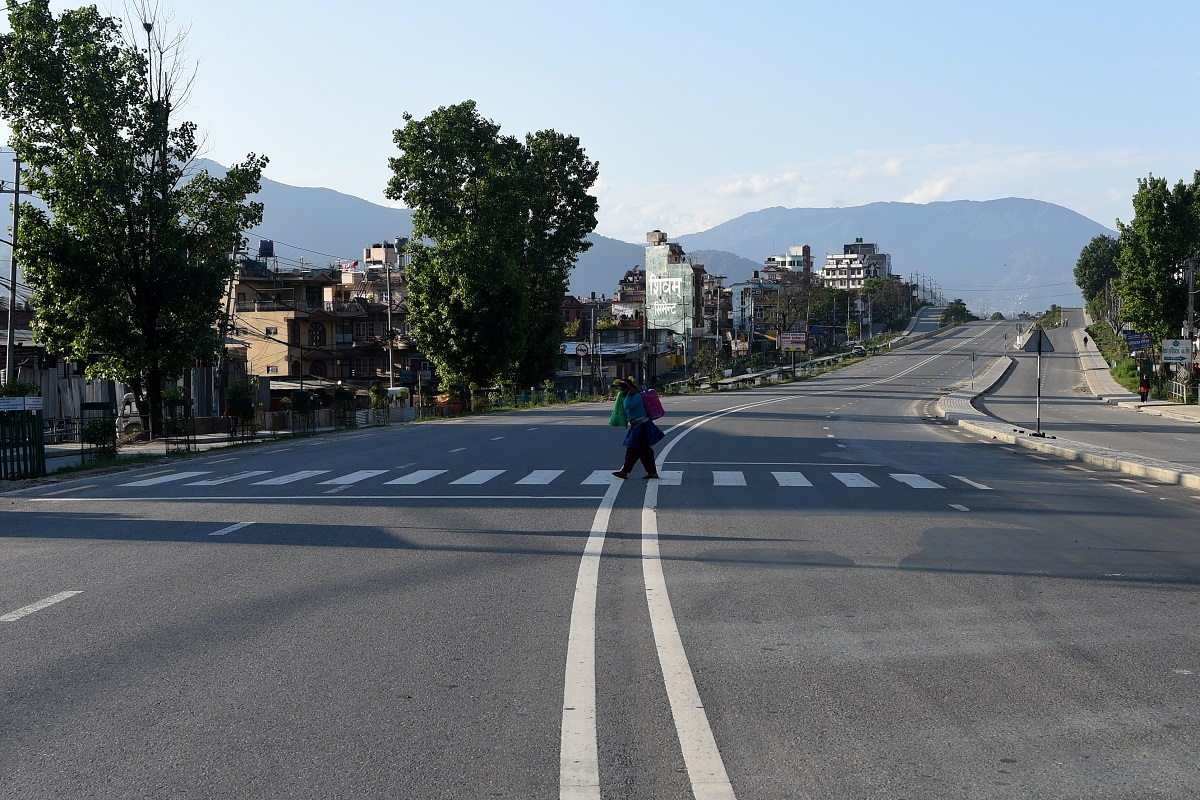Rs 146 crore being spent on underground utility ducts in Shimla: Himachal CM
Himachal Pradesh Chief Minister Sukhvinder Singh Sukhu on Friday said Rs 146.34 crore would be spent on the ambitious project for underground utility ducts.
The need in Venice, and in so many other destinations, is for a new tourism, one that also benefits residents ~ not one organised around speculators’, landlords’, and traveller’s demands.

The lockdown was in force in Municipality areas of Kalimpong, Darjeeling, Mirik and Kurseong,and some other places like Tindharia, Bijanbari, SukhiaPokhari, and Sonada, where Covid-19 cases had been detected.
The coronavirus pandemic has overshadowed Venice as one of the world’s leading tourist centres. Today the “sinking city” is managing Europe’s worst tourism crisis. Nearer home, the symptom has spread to the pretty hill stations of Darjeeling and Shimla as well.
As the largest employer on the planet, the tourism industry around the world was affording employment to one in every 11 people till the virus was declared a pandemic. Before the coronavirus outbreak, the number of global tourists was predicted to balloon to 1.8 billion international arrivals a year by 2030.
Advertisement
In 1950 that number was at 25 million. That huge increase cuts two ways. Tourism supports jobs, often bringing vital economic sustenance to historic or remote places.
Advertisement
But an overdose of tourism has a clear downside for the frailest destinations, like Machu Picchu in Peru, for many historic city centres, like New Orleans or Dubrovnik, and for the location the world pretends to love best ~ Venice.
This is where 30 million annual visitors have over the years exerted enormous demands on the residents, the heritage and the environment, changing tourism into a corrosive force. Since the 1990s, mass tourism has pushed out residents; streets and squares have become dangerously overcrowded; housing costs have soared; and local shops have been destroyed.
These now cater in the main to buyers of sandwiches and souvenirs. The social ties Venice once enjoyed, its rhythm of life, even the vibrant artisan trades, are now almost a thing of the past.
The outlook has worsened with millions of tourists exerting pressure on the sylvan environment of Venice by generating mountains of refuse, through the heavy use of the vaporetti water ferries and taxis, by overstressing ancient buildings, and with the moisture in their collective breath on artworks.
The hundreds of visits from floating resorts ~ massive cruise ships each with up to 4,000 passengers ~ add to air pollution and cause erosion of the area’s sensitive lagoon environment. The population of Venice, more than 170,000 after the Second World War, has dropped steadily to some 52,000 today.
The remaining residents still feel fortunate to live in a city of such beauty, many believing their culture survives despite the onslaught, but they also grieve at the losses, lose heart, and move away at a rate of 1,000 a year to homes on the mainland.
Indeed, a Venice without Venetians ~ without significant numbers of permanent residents is predicted for as early as 2030 ~ a decade after the worst humanitarian crisis, one that has almost certainly surpassed the Second World War.
The need in Venice, and in so many other destinations, is for a new tourism, one that also benefits residents ~ not one organised around speculators’, landlords’, and traveller’s demands. The caveat is as applicable to Venice as it is to Shimla and Darjeeling.
Advertisement